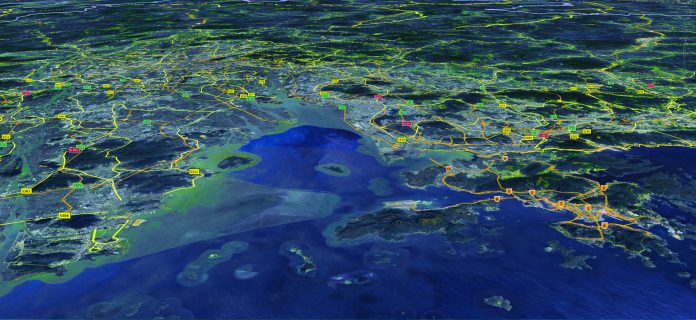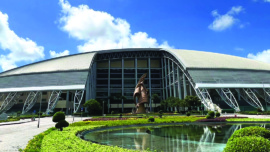Details of the Plan released in February are scarce but this has not prevented most Chinese and non-Chinese observers from expressing great enthusiasm for the idea.
MB October Special Report | GBA: Greater Expectations
“The area is expected to see a threefold increase in GDP by 2030, reaching some US$4.6 trillion to take the top spot among all bay areas in the world. Given its great potential, the Guangdong-Hong Kong-Macau Greater Bay Area is poised to be a landmark in China’s comprehensive reform process” – Xie Feng, Commissioner of the Ministry of Foreign Affairs of the People’s Republic of China in the Hong Kong SAR
“By 2020 GBA should become one of the world’s great reference bays and create a basic framework for a cluster of world-class cities. By 2030 the GBA is expected to have the highest Gross Domestic Product value of all the bay areas in the world and to have become an advanced manufacturing centre as well as a major hub for innovation, financially, and in the field of transport and trade” – Zhang Xiaoqiang, Deputy Chief Executive, Chinese Centre for International Economic Exchanges
“GBA has the potential to become the most diversified city cluster in the world by leveraging its wide range of industries and strengths across its cities such as financial and professional services, high-tech manufacturing, and technology and innovation. This unique combination provides significant opportunities for companies that are looking to enter or build on their existing presence in China” – KPMG (A Lens on the Greater Bay Area; Magnifying opportunities for businesses in the region)
“With a combined population of 68 million and GDP of US$1.4 trillion, the GBA is well positioned to play a leading role in advanced manufacturing, technology and innovation, shipping, trade and finance. The increased connectivity and integration of the GBA will also enhance the movement of goods and services, capital, people and information within the region, and facilitate the implementation of the 13th Five-Year Plan and the Belt and Road Initiative” – KPMG (A Lens on the Greater Bay Area; Magnifying opportunities for businesses in the region)
“In terms of the structure of governance, it is a region where there are two social systems, three separate Customs territories and three different currencies. In terms of economic development are economies of different structures but closely linked, with more interdependent degrees of openness, It is a Chinese region with a higher level in terms of reform and opening” – Wang Fuqiang, Head of Industrial Planning Services, China Centre for International Economic Exchange
“By 2030 the GBA region is already predicted to be generating as much as $5 trillion in economic output, to surpass the other three bay economies by a sizeable margin. The State Council has now released its Plan to accelerate the region’s transformation into a world-class city cluster” – Graham Buck, analyst, Cash & Treasury Management

What the Plan says
‘By 2035, the Greater Bay Area should become an economic system and mode of development mainly supported by innovation, with its economic and technological strengths vastly increased and its international competitiveness and influence further strengthened; the markets within the Greater Bay Area should basically be highly connected, with very effective and efficient flow of various resources and factors of production; the co-ordination of regional development should remarkably improve, with the influence on neighbouring regions further strengthened; the people should become wealthier; the level of social civility should reach new heights, with cultural soft power demonstrably strengthened, Chinese cultural influence broadened and deepened, and exchange and integration between different cultures further enhanced; the levels of conservation and efficient use of resources should be significantly improved, the ecological environment should be effectively protected, and an international first-class bay area for living, working and travelling should be fully developed’.
Vague
‘Given the high profile attached to the official release of the GBA blueprint, the development plan itself was remarkably vague and dwelt largely on themes that have already been well explored,’ points out a report from The Economist.
The subject is developed by Nisha Gopalan, a Bloomberg Opinion columnist: “The blueprint’s failure to delineate clearly how Hong Kong’s status will be protected suggests either that the Bay Area plan is more hype than practical programme or that political objectives will trump economic considerations. Neither conclusion is comforting.”
In the pages of Macau Business, Senior Analyst José Duarte writes that “the blueprint (…) is a long document, strong on ambition, less so on detail”.
























